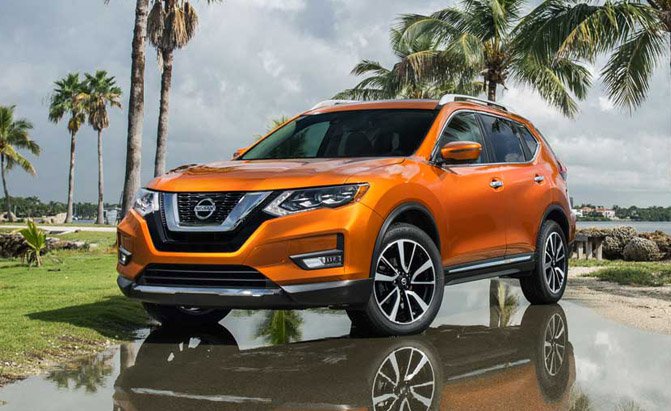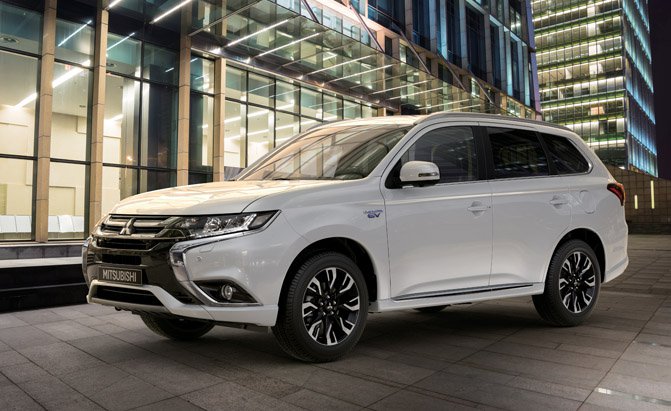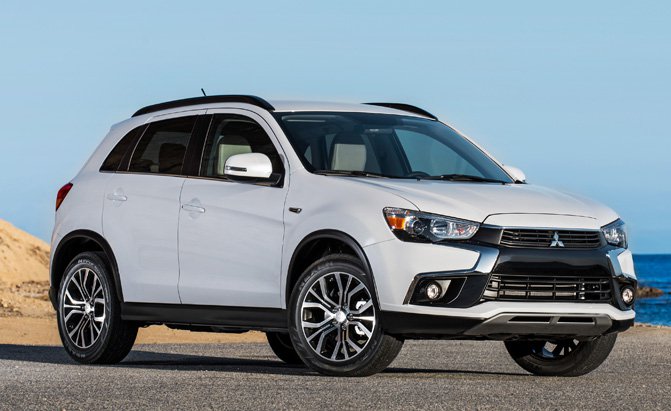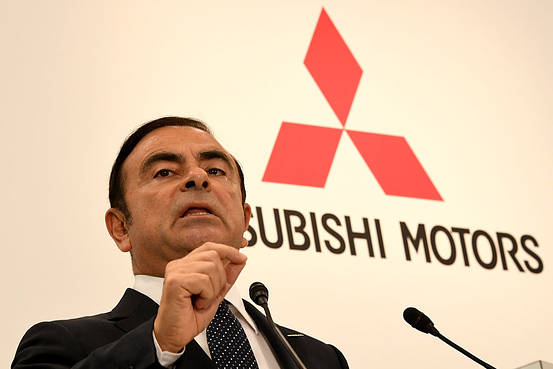In October, the Nissan Renault alliance gained a new partner: Mitsubishi Motors. The new supergroup has a lot on its mind moving forward, and there are quite a few ways this partnership is looking to conquer the motoring world.
As a refresher, Nissan recently purchased 34 percent of Mitsubishi Motors for a sum of $2.3 Billion. There’s a number of reasons for the merger, from cost savings to parts and expertise sharing, and both companies stand to benefit. Lets break it down to see how each brand will benefit.
What’s in it for Nissan?
Nissan themselves wants to be taken seriously in the global market, and to do that, you have to move products. While adding Mitsubishi to the already stacked brand portfolio they hope to crack the elusive 10 million units sold mark, putting them up with the big kahunas of the industry: VW, Toyota and GM.
Tim Urqhart an analyst from , suggests that the Mitsubishi – Renault – Nissan group will collectively hit the 10 million unit critical mass figure by 2019. This much scale will help the group with purchasing power, meaning that when it comes to dealing with suppliers, the automakers can get a much better deal and bring down their overall costs.
Urquart believes that hitting that 10 million mark will give the group more purchasing power than the likes of VW and Toyota, but still not as much as GM.
There’s also a significant role that Mitsubishi plays in this alliance on a more global market.
“Mitsubishi’s focus on medium and small crossovers is in line with the way the global market is heading,” says Urquart. “It’s a good fit for Renault and Nissan’s existing product portfolio and existing common hardware between Renault-Nissan.” He believes that the CMF platform that underpins the Nissan Rogue and a number of other vehicles could be leveraged to bolster Mitsubishis product lineup in markets where Nissan doesn’t fare well. “[There’s] plenty of scope for joint model development and cost savings in developing new medium and small crossovers and SUVs.”
This sentiment is echoed by another analyst, Dave Sullivan from .
“There is a big gain for Nissan, and that’s in Asian markets, where the company attempted a swing and missed,” he said. Sullivan explained that the launch of Datsun was a bit of a let down, but fortunately, those markets are exactly the ones that Mitsubishi is more successful in. “Now Mitsubishi can help Nissan with those markets that they were trying to crack.”
Mitsubishi has also carved out a niche for itself. While it’s not sold in North America (yet) the Outlander PHEV is a huge seller in overseas markets, racking up over 100,000 sales worldwide since its debut in 2013. That makes it one of four plug-in vehicles to reach that impressive milestone.
That’s a huge deal for the company, as no one else has a mainstream, non luxury plug-in hybrid, and Mitsubishi’s expertise in this field will likely be put to good use by Nissan-Renault. In fact, Carlos Ghosn, chairman and chief executive of Nissan Motor and newly appointed chairman at Mitsubishi Motors has stated that he’ll look to standardize the EV tech between the two companies.
What’s in it for Mitsubishi?
While Mitsubishi is a bit of a small player here in North America, it’s clear that it has some success in other markets, but there’s one thing the automaker needs to do here and that’s bolster its lineup. “They need product that people can transition into,” said Sullivan. Sure enough, the automaker has some strong crossovers like the Outlander and Outlander Sport, but what about when its time to graduate into a bigger more family friendly vehicle. “They need product that people can transition into and products that are geared towards family, “ said Sullivan.
At a recent event in Japan, Mitsubishi explained that it’s planning to bring a third crossover to its lineup sometime in 2017. It seems like it’d be a bigger car, but nothing is for certain yet.
How can joining up with Nissan help with this? Well for starters, the automaker said fairly bluntly that they “aim for greater synergy impact in the field of purchasing, vehicle platforms, development of advance technologies, and financial services.” That vehicle platforms part could be a huge key in bolstering the future of Mitsubishi.
Additionally, the money saved by having greater purchasing power can mean that the company can use its resources in a manner that’s more effective in gaining brand awareness.
“I recall a story about White Bear Mitsubishi, a dealership that showed off a customer’s crashed Outlander Sport in front of the building, exposing just off just how safe these cars are,” said Sullivan. The dealership enjoyed a massive spike in sales following that stunt, but since then, there hasn’t been any huge promotional things that come to mind. No superbowl ads, no action movie product placements, nothing. “The brand has just fallen off with consumers.”
While marketing might not be where the money will be spent, the truth is it should be able to save some costs, with some help from Nissan-Renault. Carlos Ghosn, has successfully turned around the money-losing Nissan around and will be looking to revitalize Mitsubishi as well.
“The companies mesh well,” said Sullivan. As an example, he points out that Mitsubishi uses CVTs in their most successful cars, and it just so happens that Nissan owns a controlling stake in JATCO, who makes CVTs. “It can work out in everyone’s favor.”
The analysts suggest that it’s more than possible that this partnership can be a huge help to all parties. “Nissan learned how successful collaboration can be when it partnered with Daimler,” said Sullivan. That team-up resulted in shared powertrains, manufacturing and platforms. “I’d expect us to see the results of this new partnership in as soon as four years.”
If anyone can revitalize the Mitsubishi name, it could be the Nissan group. They went through their own lull around 2000 and pulled through it thanks to some creative thinking on the part of Ghosn. He now takes on his next challenge: Mitsubishi.












